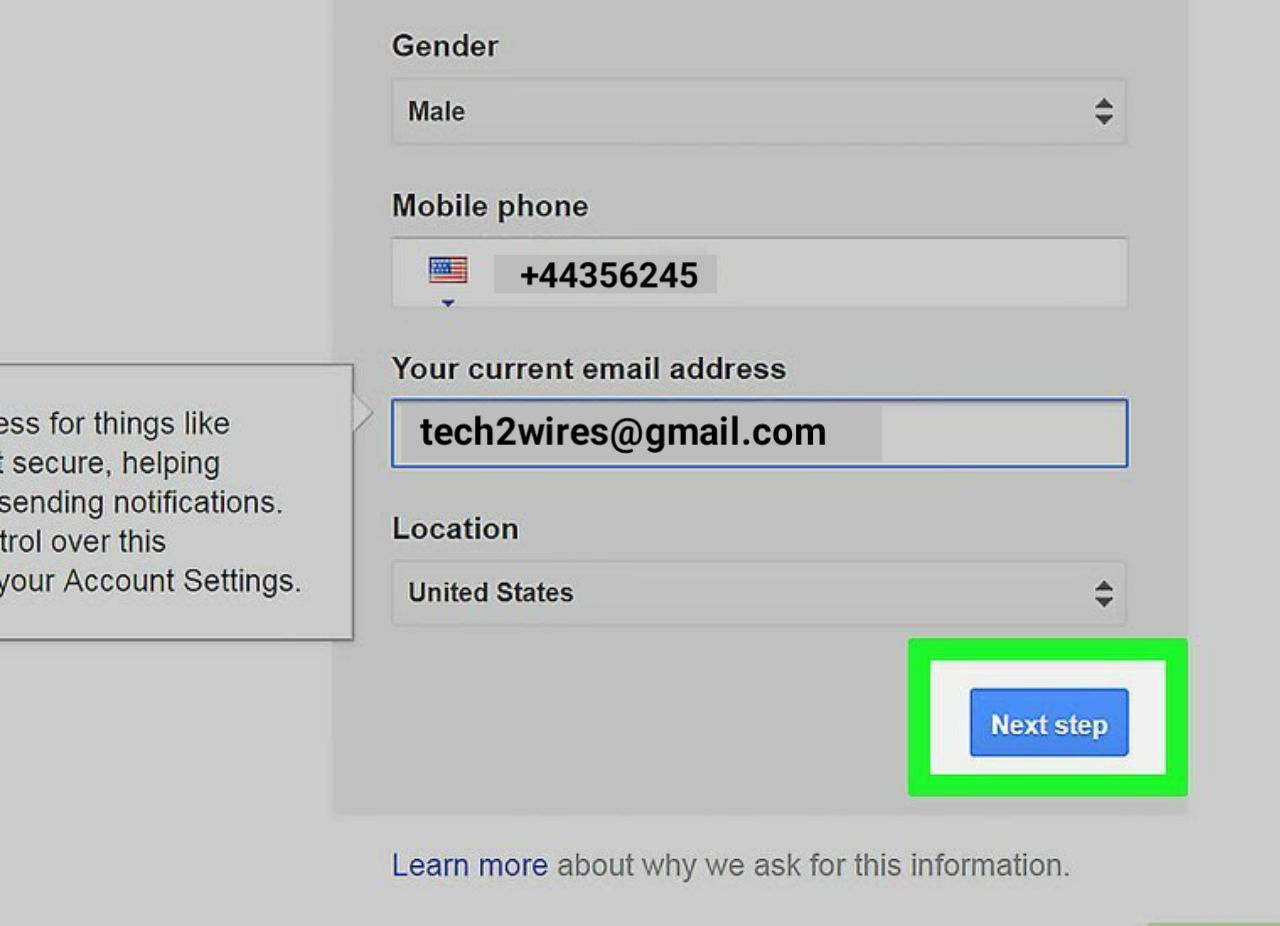

Components can include background scripts, content scripts, an options page, UI elements and various logic files.

You will find a section on upgrading in the navigation tree at left, including the Manifest V2 support timeline.Įxtensions are made of different, but cohesive, components. Please use Manifest V3 when building new extensions. Learn more about multifactor authentication on the ID.The Chrome Web Store no longer acceppts Manifest V2 extensions. Learn more about authentication options on the website Play our video on multifactor authentication (YouTube)

This way, even if someone were to guess or steal your username and password, multifactor authentication can stop them from accessing your account. Other options may include a supporting app like Google Authenticator, a security key, or backup codes. You’ll then enter that code to access your account. You’ll get a unique code by text message or phone call, or through another option you choose. It helps us make sure that it’s you trying to access your account-and not a hacker. It’s also sometimes called 2-factor authentication.Įach time you sign in to a VA website or app, you’ll use multifactor identification to verify you’re you. You’ll do this using a device that only you should have, such as your mobile phone. Multifactor authentication is an extra layer of protection on your account. It gives you control over which services can share your information.īack to top What’s multifactor authentication and why does VA.gov use it? It uses bank-grade encryption to keep your personal info safe.

You can create either of these free accounts to sign in to VA.gov.īoth and ID.me offer these benefits:


 0 kommentar(er)
0 kommentar(er)
